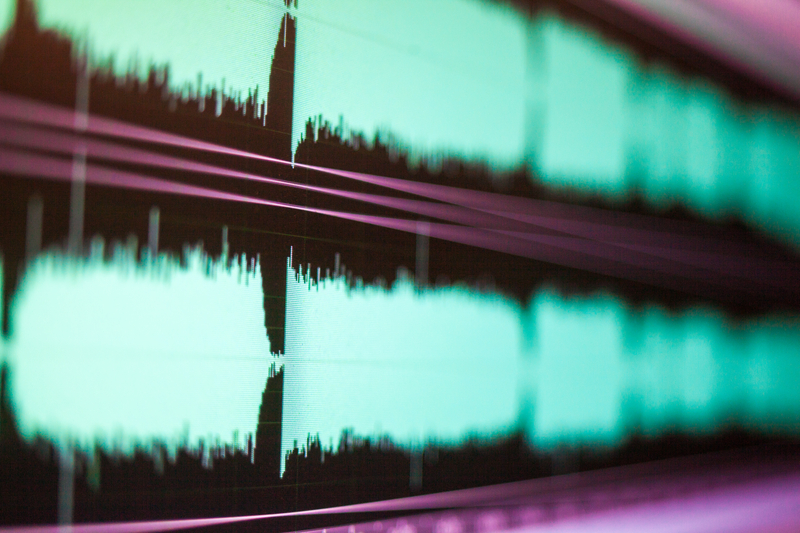
The Importance of Vibration Test Fixtures
For most projects, the design of vibration test fixtures is often left to the last minute. Regardless of your industry, vibration testing is one of the most important tools in product test and evaluation. A well designed fixture will provide ample rigidity to prevent resonances that can result in product over test. It will help provide confidence that the vibration encountered by the unit under test is representative of the required spectrum.
Using you own
Using your own vibration test fixture as opposed to using one from a test facility has many benefits. Fixtures laying around test labs are often drilled out and adapted for any number or customers’ immediate requirements. If retesting is required, having your own fixture assures you of a more repeatable test regardless of the test facility you may use.
The same fixtures can also be used for shock testing where rigidity and strength are requirements. Using vibration test fixtures in environmental chamber tests for can facilitate proper orientation of equipment and prevent accidental damage to interconnected test items during removal from the chamber.
Designing your Fixture
Rigidity
Rigidity is the major consideration in vibration fixture design. A microscopic deflection in any part of the fixture can result in alarming resonances and nulls. Aluminum is an excellent material for vibration test fixtures as it provides the required rigidity while minimizing weight. Consider the intended orientations of test items and provide mounting holes for test items so that they can be easily installed and removed.
Weight
Weight is also a consideration when designing a fixture. This is particularly the case if multiple units undertest are to be tested simultaneously. Material selection can help reduce the overall weight requirements for the vibration table. Aluminum is a good material for most fixtures. It is relatively inexpensive and is light as compared to steel. It is easily worked and can be constructed to provide the required rigidity.
Magnesium provides the best material for tensile strength to weight ratio. It also has better dampening at high frequencies. It is however, more costly and is not as easy to machine. It is therefore usually reserved for high test performance requirements.
Computer Modeling
A well designed fixture will provide repeatable testing and provide the required excitation to the product being tested without resonances or nulls. To accomplish this, computer modeling should be performed. These evaluations are will ensure that the fixture has a minimum of harmonic distortion over the bandwidth of planned testing.
Validating your Fixture
Before using your vibration fixture in testing it is beneficial to perform a resonance scan to check for any unwanted responses. This is accomplished by attaching multiple accelerometers to the fixture, and sending low-level random signals that cover the frequency range of your intended test.
CVG Strategy Experts
CVG Strategy engineers can design and build vibration fixtures to meet you specific test requirements. We have decades of experience in vibration and shock testing. Let our expertise keep your test program on schedule by letting us assist you with your test and evaluation needs.
Our experts at CVG Strategy have extensive experience in Climatic/Dynamic and EMI/EMC testing for a number of industries and products, both military and commercial. CVG Strategy specializes in Independent Developmental Testing and Evaluation including development of Test Plans, Test Procedures, Test Witnessing and Troubleshooting.
CVG Strategy is a consultancy offering coaching, mentoring, training and program development focused on areas including Business Process Improvement, ITAR and Export Compliance, Cyber Security and Quality Management Systems.


